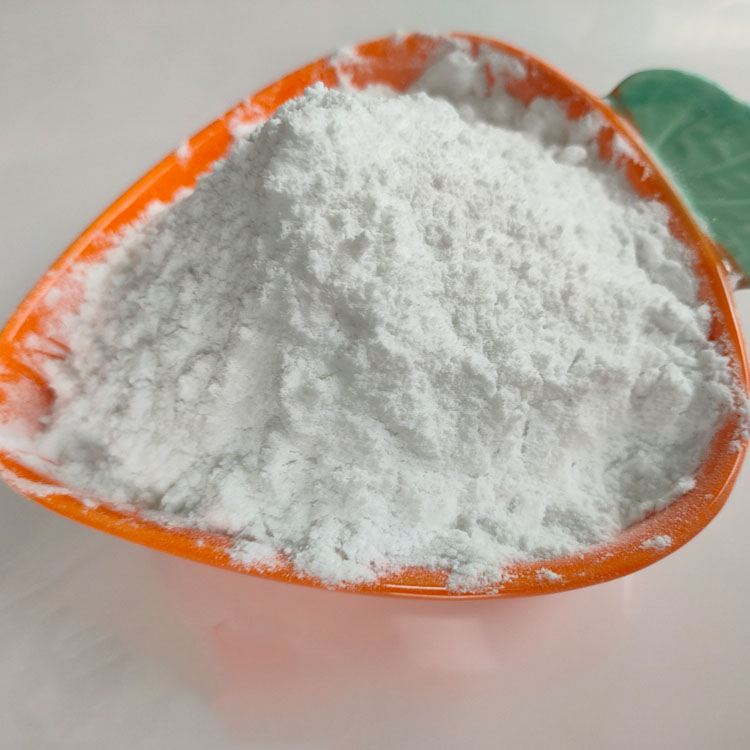Four potash fertilizers have different effects
VIEWS: times Release Date:2020-10-26
At present, the main potash fertilizers on the market are potassium nitrate, potassium sulfate, potassium dihydrogen phosphate, potassium chloride, etc. Each type of potash fertilizer has its own characteristics. Only by clarifying their differences can they be better targeted and used.

Potassium Dihydrogen Phosphate
It contains 52% phosphorus and 34% potassium. It is a chemically neutral and physiologically neutral fertilizer with good water solubility.
Mainly used in three periods of crops:
① Flower bud differentiation period; the purpose is to preserve flowers and fruits;
②Fruit expansion period; the purpose is to make the fruit grow quickly;
③Coloring period; can quickly change color, increase the sugar and sweetness of the fruit;
Potassium nitrate
Containing 13.5% of nitrate nitrogen and 46% of potassium, it is a chemically neutral and physiologically neutral fertilizer with good water solubility. Long-term application will not cause soil acidification. It is suitable for vegetables and fruit trees from the expansion stage to the initial stage of coloring, and can promote the expansion of pulp cells. Because it contains nitrate nitrogen, it is not recommended to use it in the later stage of coloring, which will easily cause blueness.
Many people ask which one is better, potassium nitrate or potassium dihydrogen phosphate? In fact, there is no such thing as which is better. The key is how to use them. Both of them contain different elements. Potassium nitrate is a binary compound fertilizer of nitrogen and potassium, and potassium dihydrogen phosphate is a binary compound fertilizer of phosphorus and potassium. Therefore, different products should be used according to different periods. The nitrate nitrogen in potassium nitrate is easily lost by rain, so it is generally not recommended for paddy fields.
Both of these fertilizers are quick-acting fertilizers, and the market price is higher than ordinary potash fertilizers. Therefore, it is not recommended to use as a base fertilizer, especially potassium nitrate. They are used for top dressing or extra-root fertilization. If you have conditions, you can use the two together, which would be better.
Potassium chloride
The appearance of potassium chloride is white or light yellow crystals, and it contains iron salts and is red. Easily soluble in water, it is a fast-acting potassium fertilizer with high concentration. It can be used as base fertilizer and top dressing. The dosage of base fertilizer per mu is 8-10 kg, the dosage of top dressing per mu is 5-7 kg, and the spraying fertilizer of 0.5% to 1% is appropriate.
The scope of application is correspondingly smaller than that of potassium sulfate. Special attention should be paid to the use of chlorine-sensitive crops such as watermelon, grapes, potatoes and other crops to avoid "chlorine damage". In addition, potassium chloride is not suitable for saline-alkaline soil, but the chloride ion in potassium chloride can promote photosynthesis and fiber formation, and is particularly suitable for fiber crops such as hemp.
The appearance of potassium sulfate is white crystals or colored crystals or particles. Theoretically, it contains 54% potassium, generally 50%. It is a chemically neutral, physiologically acidic fertilizer with good water solubility. It is characterized by low moisture absorption, not easy to agglomerate during storage, and easily soluble in water. It is suitable for all kinds of crops. It can be used as base fertilizer, topdressing and extra-root topdressing. The general dosage of base fertilizer is 10-12 kg per mu, the dosage of topdressing per mu is 5-7 kg, and the spray fertilizer of 0.5% to 1% is appropriate. Potassium can generally be absorbed by the soil and will not be lost. However, the measures of "small meals" should be adopted on sandy soils with poor fertilizer retention capacity, and the effect is generally applied to potassium-loving crops such as potatoes and melons.
But long-term use will increase the acidification of the soil. It is suitable from the late fruit coloring stage to the fruit ripening stage to promote the fruit powder and color and increase the fruit sweetness. It is said that manganese poisoning in many fruit tree areas is caused by soil acidification, and a direct cause of soil acidification is caused by perennial use of potassium sulfate.
Previous : How to fertilize citrus
Next : Several major effects of humic acid in increasing crop yield
Latest News
- The company overcame difficulties and won a "good start" in the first quarter ...2022-03-28
- Safe Production ...2022-03-28
- first-line collection ...2022-03-26
- Huaqiang News ...2022-03-26
- Huaqiang Chemical Strong Agriculture Project ...2022-03-25
- huaqiang news ...2022-03-24
- winning unit ...2022-03-22
- Huaqiang News ...2022-03-21
Related Information
- The best fertilizers for fruits and crops ...2020-05-26
- Huaqiang Chemical Group NPK fertilizer pdf ...2020-04-01
- Humic Acid Fertilizer ...2019-12-31
- Bulk Blending Fertilizer ...2019-12-27
- Water Soluble Fertilizer ...2019-12-08
- NPK Fertilizer ...2019-12-02
- Potassium Sulfate Fertilizer ...2019-11-30
- Urea Fertilizer ...2019-11-21
MESSAGE
Our sales staff will be the first time to get in touch with you,to provide you with the latest price.
-
Chemical Products
-
Compound fertilizer
-
Contact Us
Huaqiang Chemical Group Stock Co.,Ltd.
No.1 Jinping Avenue, Dangyang , Hubei , China
Http://www.hq-chemical.com
info@hq-chemical.com
Tel:+86 717 3431866
Mobile: +86 18627120543
© Copyright 2021 Huaqiang Chemical Group Stock Co.,Ltd. All Rights Reserved



